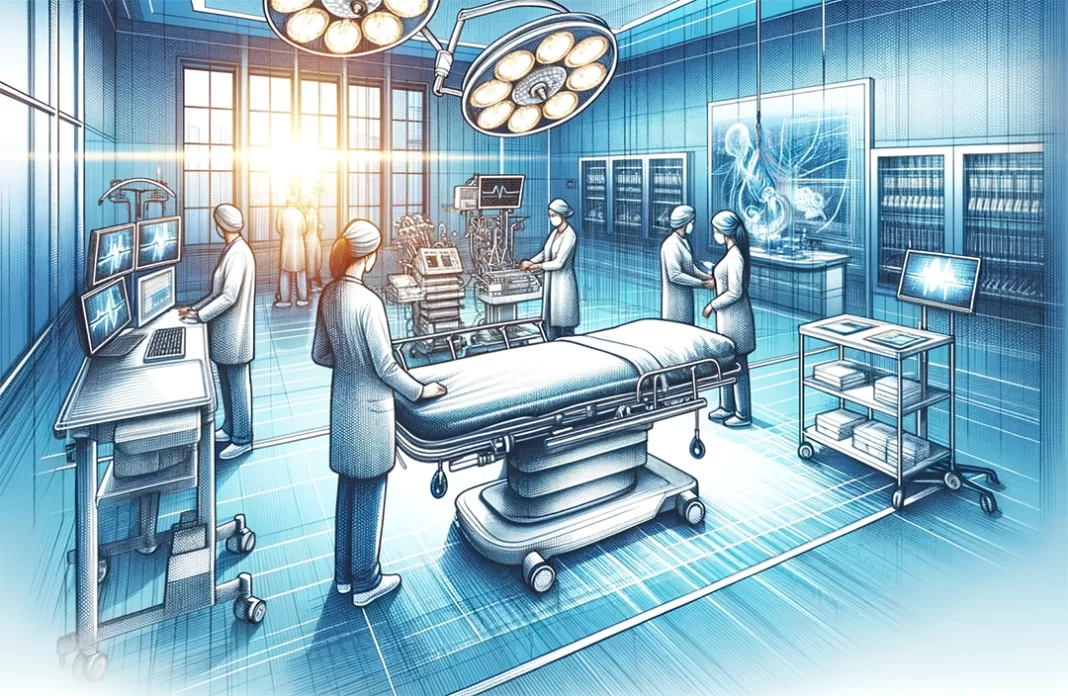In the vast tapestry of human existence, few phenomena capture our imagination and scientific curiosity quite like the rare occurrence of conjoined twins. These extraordinary individuals challenge our understanding of human development, posing complex medical, ethical, and social questions. This article delves into the enigmatic world of conjoined twins, exploring the intricacies of their development, the challenges they face, and the advancements in medical science that illuminate their lives.
The Biological Phenomenon
Conjoined twins are a rarity, occurring in approximately 1 in every 200,000 live births. This remarkable phenomenon begins in the womb, where a single fertilised egg, destined to become identical twins, fails to separate completely. This incomplete division, typically occurring within the first two weeks of embryonic development, results in babies who are physically connected.
The nature and extent of this connection can vary dramatically. Twins may be joined at the chest, abdomen, pelvis, or even the head, sharing organs, limbs, or other structures. The specific configuration of their connection determines not only the medical approach to their care but also sheds light on the mysterious processes of human embryology.
Medical Challenges and Miracles
Each case of conjoined twins presents unique challenges to medical professionals. Advances in imaging techniques, such as MRI and CT scans, have enabled detailed preoperative assessments, crucial for planning any surgical interventions. The decision to attempt surgical separation is complex, weighing the risks and potential benefits. In cases where twins share vital organs or where separation poses significant health risks, surgery may not be a viable option.
The surgical separation of conjoined twins is a feat of medical expertise, requiring multidisciplinary teams of surgeons, anesthesiologists, and nurses, often in marathon operations. Postoperative care is equally critical, as twins adjust to independent life.
Psychological and Social Dimensions
Beyond the physical connection, conjoined twins experience a unique psychological and social world. They often share an unbreakable bond, growing up in the closest proximity imaginable. Yet, they are individuals with distinct personalities, dreams, and desires. Navigating these personal identities while physically joined presents unique challenges and opportunities for emotional growth.
Ethical Considerations
The medical care of conjoined twins raises profound ethical questions. Decisions regarding surgery, quality of life, and the twins’ autonomy are complex. These decisions are deeply personal, involving not only medical factors but also the twins’ and their families’ wishes and beliefs.
Cultural and Historical Insights
Historically, conjoined twins have been subjects of fascination and, at times, superstition. Today, increased medical understanding and compassionate perspectives have shifted public attitudes. Conjoined twins, like all individuals, seek to lead fulfilling lives, contributing uniquely to our shared human experience.
Conjoined twins exemplify the extraordinary nature of human biology and the resilience of the human spirit. Their lives invite us to explore the mysteries of our own existence, reminding us of the diversity and complexity inherent in the human condition. As medical science continues to advance, it brings hope for improved treatments and a better understanding of this rare phenomenon, illuminating the lives of conjoined twins and enriching our collective knowledge.





